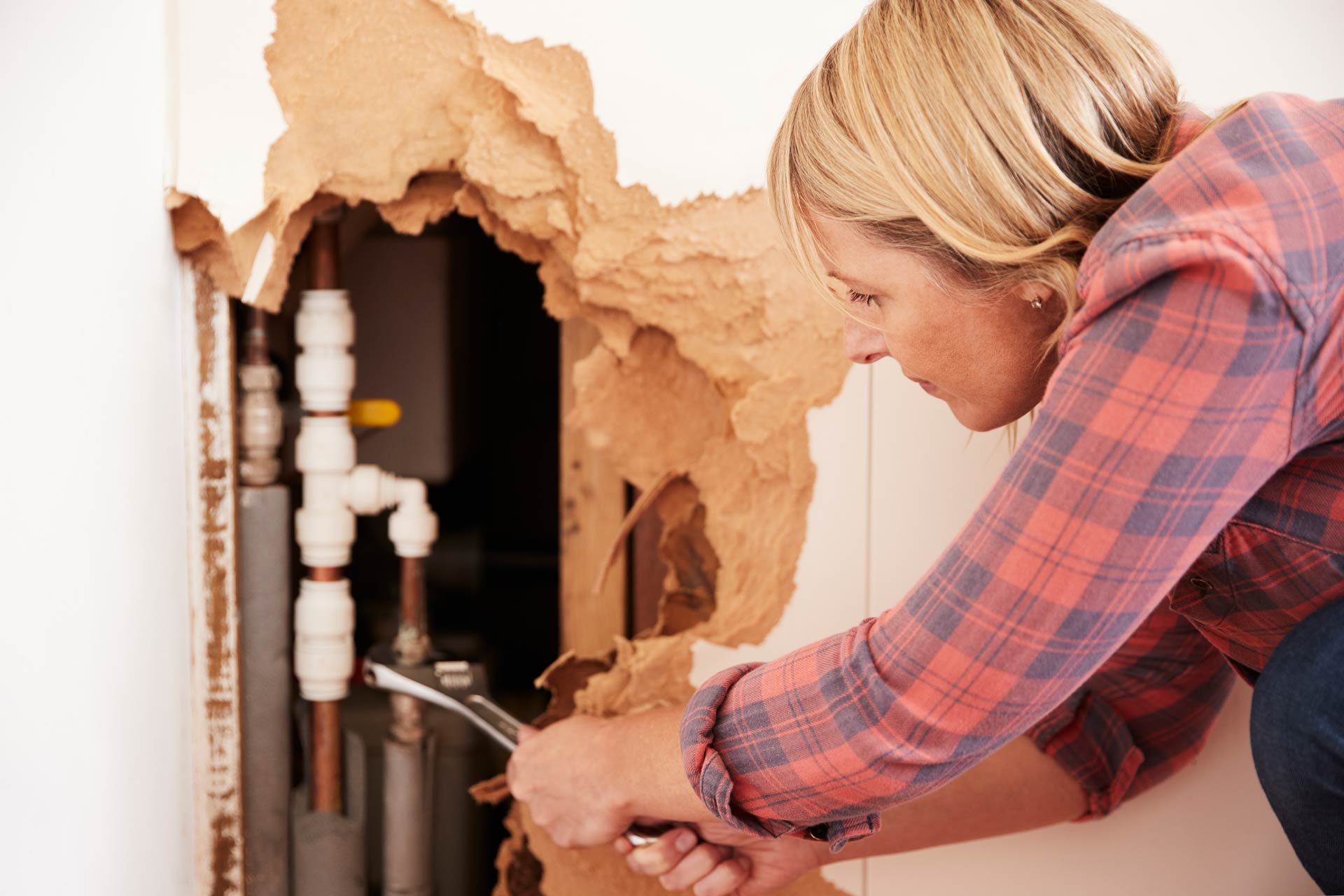Having water in your home is not normally a good thing, as water can cause some extremely serious damage to your home and your belongings. Considering water can get into your home from multiple different sources including flooding, plumbing issues, sewer backup, accidents or water runoff. More than just a little thought and effort should be put into limiting these issues from occurring. Your basement is the most prone area in your home to water damage, as it is the lowest part of your home and your basement is usually below ground level. This should be the centre of attention when trying to fight off potential water damage.

Here are your best practices to keep your basement dry:
Exterior basement waterproofing is a great way to protect your basement. A thick waterproof plastic membrane is attached to your foundation’s exterior wall, this ensures water cannot seep through your foundation’s wall and get into your basement. The foundation is exposed by digging a ditch around the external perimeter of your home. Once the membrane is attached, weeping tile is put down at the bottom of the ditch and covered with roughly a foot of crushed stone before filling in the ditch with earth. The weeping tile will help to divert any water absorbed by the ground away from your foundation walls.
Interior basement waterproofing is a great solution for those that have concrete or interlocking brick walkways around their home, or who have invested in their landscaping and do not want to disturb it. The process is similar to exterior waterproofing, as the plastic membrane is attached to the inside of your foundation walls, the concrete floor around the perimeter of your walls is broken so that weeping tiles can be installed. The weeping tile will help divert water from under your home or collected by the plastic membrane to a sump pump which will pump the water out and away from your home.
Installing a sump pump will help protect your home in case water does get in. There are two main parts to a sump pump assembly, a reservoir that collects water, as the revivor begins to fill a switch is triggered and a pump begins to push the water from the reservoir out from pipes and away from your home. In case of a flood, or sewer backup a sump pump can save you time, money, and stress as it works to limit the water sitting in your basement.
A backwater valve allows for water or sewage to flow only out of your home. If there is heavy rainfall or quickly melting snow, the city owned sewer system may get inundated with water causing water to flow back up your drainage pipes and back into your home. If this happens not only will your home suffer from water damage, but there are potentially serious health risks associated with having sewage water in your home. A backwater valve or sewage backup valve is designed to stop any water from flowing back through your pipes, and into your home.
Keeping water away from the outside of your home is a great way to help keep your basement dry. Start examining your yard, the land should be sloped away from your home. If you do notice water flowing or pooling around your home, you should look at having your grading adjusted. There is a lot of water that your home can be exposed to throughout the year, be it when the snow built up around your home begins to melt or during heavy rain. It is best that you keep all this water away from your home by ensuring your property has suitable grading and landscaping.
